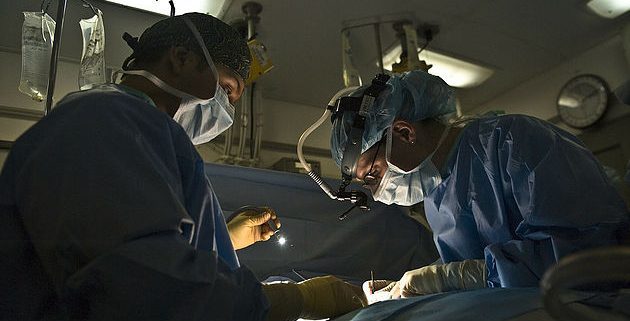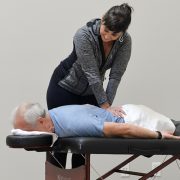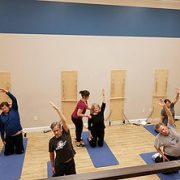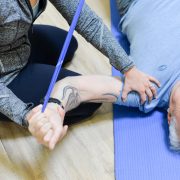Surgery versus PT: What You Need to Know
“I have to get surgery for my torn meniscus. I’m going to be out of commission for a while.”
“My back problems have gotten so bad that my doctor says I need surgery to repair the herniated disk.”
“The MRI doesn’t look so good. Hopefully surgery will be a quick fix.”
Sound familiar? Most of us know someone who has been told that they needed surgery for a knee or back issue – or have received that disheartening news ourselves. A herniated disk is one of the most prevalent back problems in adults, and is often treated with lumbar discectomy as the first option. The goal of this surgery is to remove the herniated portion of the disc from the patient’s back, releasing pressure on surrounding nerves and muscles. The goal is for the patient to be able to live without pain post-surgery, but this process usually involves lots of medication and prolonged periods of rest. Another common injury that frequently leads to surgery is a meniscus tear. Your meniscus stabilizes and cushions the knee joint. A tear would be viewed easily on an MRI, which can cause many doctors to immediately prescribe surgery. Following that type of surgery, you would probably spend about two weeks with your leg completely immobilized. Then you would be introduced to a rehabilitation plan that included physical therapy – not to recover from the original injury to your knee, but to recover from the surgery that supposedly fixed it.
Surgery, in the right circumstances, can be extremely beneficial. But unfortunately, it is over-prescribed and often unnecessary, especially for individuals with back and knee pain. Seeing a herniated disc or torn meniscus on the MRI screen may trigger an automatic prescription of surgery and medication- but these “quick fixes” may not be your safest or most helpful options. In fact, MRIs can produce false positives and lead to invasive surgeries for specific injuries that didn’t even exist in the first place. MRIs are a useful tool, but their readings should always be taken with a grain of salt. When given the opportunity, your body will do its best to heal itself. Why not try careful, guided exercise and strength-building before you submit to incisions and long, medicated recoveries?
This is where physical therapy comes in. Consider working with a specialist physical therapist to address your specific injury or pain- someone who doesn’t just prescribe exercise and passive modalities, but genuinely wants to help you recover in a natural and low-risk manner. A specialist physical therapist will carefully listen to your history, analyze your symptoms, come up with a customized plan of action, and problem-solve WITH you versus trying to solve the problem FOR you. One of the primary goals of our practice is to use guided, natural movement to help your body recover to full strength and health based on your own individual needs. Pilates-based rehabilitation is also a uniquely tailored approach to recovery that can make a huge difference. Most knee, back, and other injuries occur because the surrounding muscles are too weak to support those joints and systems properly. You may think that your regular exercise and stretching is enough, but working specific muscle groups can leave others underdeveloped and makes your body unbalanced as a whole. Pilates is a full body workout that starts from your core and balances you both mentally and physically! It won’t create further damage to any injuries because it’s so low impact, and working with a professional will allow you to customize your session to your own individual needs.
Do you live in the Seacoast area and want to learn more about why surgery shouldn’t be your first – let alone ONLY – option for recovery? Click here to get in touch, ask questions, and schedule an appointment. If you’re struggling with back pain, you can even download our FREE report on five easy ways to get rid of back pain WITHOUT surgery! And don’t forget to browse our selection of Pilates classes located right here in Portsmouth.










